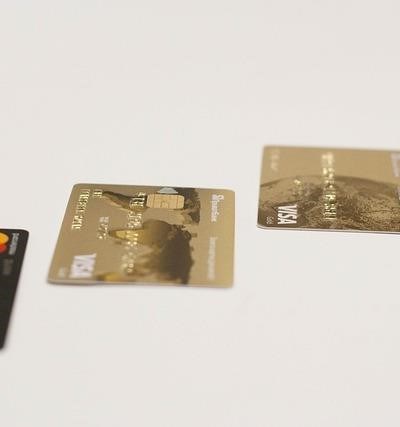
Credit card fraud, a significant form of financial fraud and cybercrime, encompasses various methods used to steal financial information and make unauthorized transactions. Understanding these methods is crucial for fraud prevention and financial security.
Types of Credit Card Fraud
- Card-Present Fraud: This involves physically using a stolen or counterfeit credit card at a point-of-sale terminal. Skimming, where card data is copied from a card reader, is a common method. Merchant fraud can also contribute, where businesses process fraudulent transactions.
- Card-Not-Present Fraud (CNP): This occurs when the card isn’t physically present during the transaction, often involving online fraud and e-commerce fraud. Phishing scams, where victims provide their details through fake websites, are prevalent. Data breaches can also expose card details leading to CNP fraud.
- Account Takeover: Criminals gain access to a legitimate account, often through phishing or compromised accounts. They then make unauthorized purchases. This falls under identity theft.
- Synthetic Identity Fraud: This involves creating a fake identity using real and fabricated information to apply for credit. It’s a sophisticated form of identity theft.
- Friendly Fraud: This is a type of chargeback fraud where a legitimate cardholder disputes a transaction they actually authorized.
Other Key Aspects
Credit card theft is often the root cause of many types of credit card fraud. Payment fraud broadly covers all unauthorized transactions. Transaction fraud is a general term encompassing all fraudulent transactions. Effective fraud detection systems and robust credit card security measures are critical to minimize losses.
Protecting yourself involves being vigilant against phishing attempts, regularly monitoring your accounts, and using strong passwords. Understanding these different types of fraud helps individuals and businesses better protect themselves against financial losses;


Well-structured and informative. The article effectively categorizes the different methods of credit card fraud, making it easy to understand the nuances between them. The section on protecting yourself offers practical advice, which is a valuable addition. I appreciate the concise yet thorough nature of the information presented.
This article provides a comprehensive overview of the various types of credit card fraud. The clear explanations of card-present, card-not-present, and account takeover fraud are particularly helpful. The inclusion of less common types like synthetic identity fraud and friendly fraud adds valuable depth. A great resource for anyone wanting to understand the complexities of this issue.